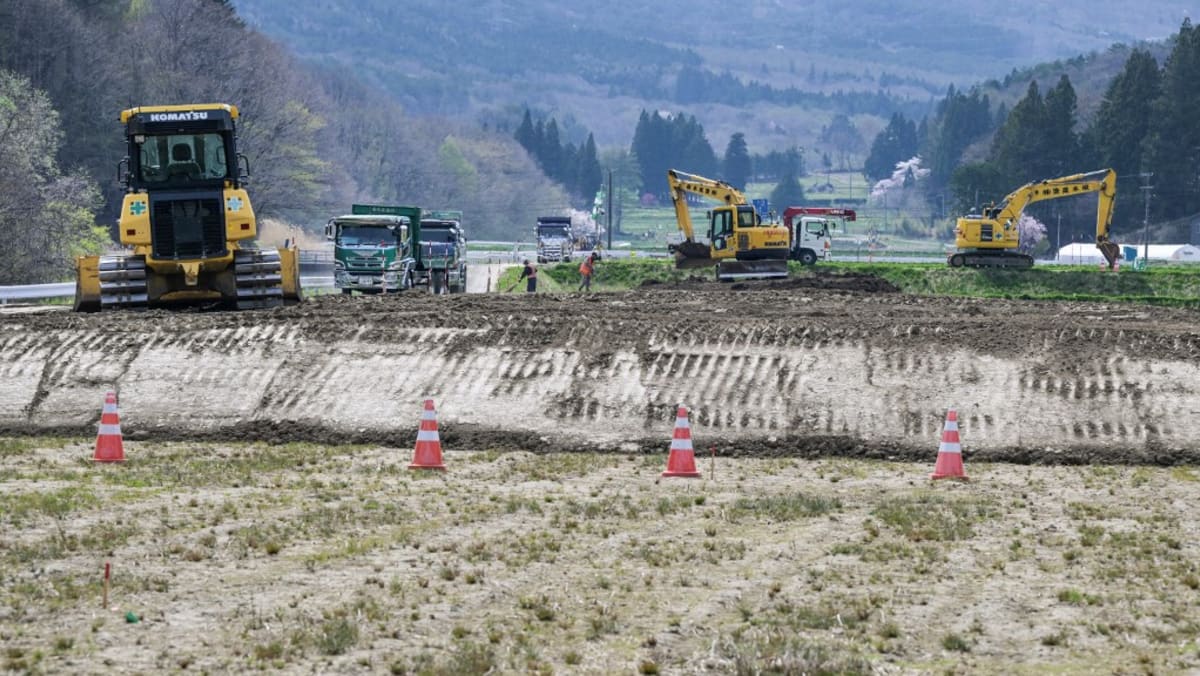IITATE, Japan: To reduce radiation across Japan’s northern Fukushima region after the 2011 nuclear disaster, authorities scraped a layer of contaminated soil from swathes of land.
Now, as young farmers seek to bring life back to the region once known for its delicious fruit, authorities are deliberating what to do with the mass of removed soil – enough to fill more than 10 baseball stadiums.
Here are some key things to know:
Why was the soil removed?
On Mar 11, 2011, Japan’s strongest earthquake on record triggered a huge tsunami that hit the Fukushima Daiichi nuclear plant, causing a devastating meltdown.
Topsoil was collected as part of large-scale decontamination efforts that also included blasting buildings and roads with high-pressure jets of water.
Almost all areas of Fukushima have gradually been declared safe, but many evacuees have been reluctant to return because they remain worried about radiation, or have fully resettled elsewhere.
Fukushima has, however, welcomed new residents such as 25-year-old kiwi farmer Takuya Haraguchi.
“I want people to become interested in and learn about what Fukushima is really like these days,” he told AFP.
Where is the soil being stored?
A vast quantity of soil – 14 million cubic metres – is being stored at interim storage facilities near the Fukushima Daiichi plant.
